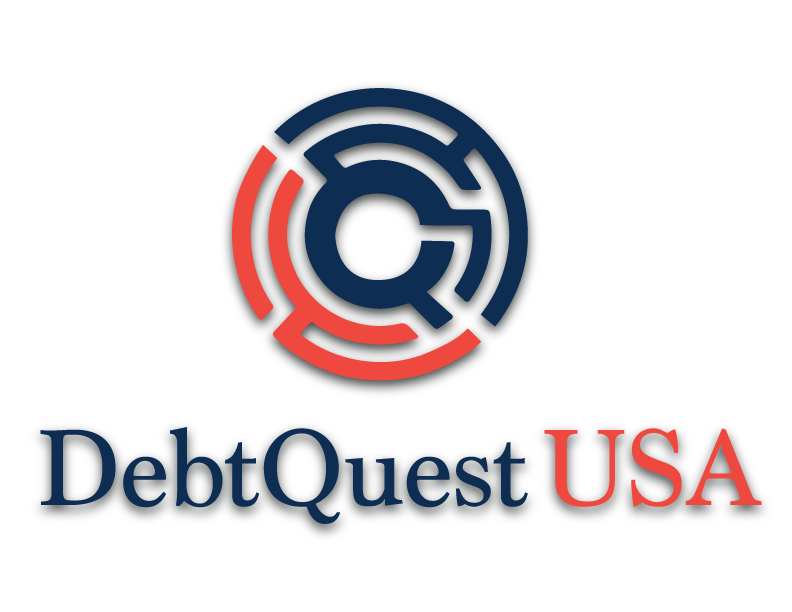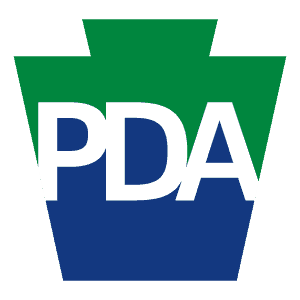Table of Contents:
- 13 Fun Facts About Money that Might Surprise You
- Strange Ancient Ways to Pay Debt
- Guess What The First Paper Money Was Invented For
- How the Dollar Sign Has Been Created
- Why Did People Use Playing Cards as Money?
- The Most Common Dollar Bill
- Money as Wallpaper
- Why There is No Chance to See Your Portrait on Dollar Banknotes?
- Paper Money is Not Paper
- Some Strange Collateral Traditions
- A Salary is Also a Loan
- Who Would Burn Two Million Dollars at the Stake?
- Why are Coins Round-Shaped?
- The Coin Eagle Was a Real Philadelphia Celebrity
13 Fun Facts About Money that Might Surprise You
The use of money forms such a significant part of our daily routine that we rarely think about the various entertaining stories that are hidden behind the culture of money. Let’s take a look at the most interesting and crazy facts about money.
Strange Ancient Ways to Pay Debt
1The measures that were applied to debtors in ancient times were quite cruel. In Assyria, creditors could take a person hostage close to the debtor, while in ancient India, the government allowed the person owed money to beat the debtor and steal his property. But the leaders on humanism regarding money debts were the ancient Celts. They believed in the existence of the afterlife so much that a person could lend money on the condition that the debt could be returned after the person’s death.
Guess What The First Paper Money Was Invented For
2China is considered the first country to use paper money. It appeared in China even before the new era. Paper money was primarily used for funeral ceremonies. Money was burned at a bonfire built near the grave of the deceased. People believed that with the help of this ritual, they would allow the dead to facilitate his afterlife.



Get Help With Your DEBT
get help nowHow the Dollar Sign Has Been Created
3The world-famous dollar sign ($) existed even before the advent of the American currency and the United States money in general. Initially, it was used to designate Mexican pesos that were widely circulated in the United States before the country started minting its coins. A study of the documents of that era showed that the sign was formed when the letters P and S were merged in the abbreviation Ps, which was used to designate the Mexican peso.
Why Did People Use Playing Cards as Money?
4The first paper money in modern Canada was playing cards. In 1685, the administration of the northern territories of New France faced a shortage of coins from Europe to pay salaries to employees and workers. Then the quartermaster cut the usual playing cards in different forms, signed the denominations, and assured them with his seal. After the ships arrived from the Old World, everyone exchanged these cards for real coins. The same method of solving the cash shortage problem was used here several more times in the late 17th and early 18th centuries.
The Most Common Dollar Bill
5Throughout 2017, the $100 bill became the most common U.S. bill in circulation for the first time ever, pushing out the one-dollar bill. It’s an interesting twist of fate for the banknote with Benjamin Franklin’s portrait. It was less popular than both the $20 and the $1 bill just ten years ago.
See also:
You're Only a Click Away from Debt Relief
GET STARTEDMoney as Wallpaper
6The real value of money depreciates very quickly during economic crises and transient inflationary processes. So, in 1923, in Germany, at the peak of hyperinflation, money was so devalued that some people taped it to the walls instead of wallpaper or gave it to children for fun.
German children launched money kites during the period of hyperinflation. Inflation can only be avoided entirely if the entire state’s cash flow consists of gold solely. However, this is more of an allegation than a fact.
Why There is No Chance to See Your Portrait on Dollar Banknotes?
7Living people are forbidden to be depicted on banknotes in the United States. Congress passed this act in 1866, specifying that no living person could be portrayed on American currency. The Founding Fathers believed that putting such money in circulation was unpatriotic for the likenesses of living people.
Paper Money is Not Paper
8Paper money, despite the name, is not printed on paper at all. Banknotes are made from a specially developed wear-resistant material consisting of cotton and linen. Besides, nowadays, several countries are experimenting with new materials for banknotes, which should further increase their strength.
So, the money of Australia, China, Brazil, Northern Ireland, Romania, and some other countries are already made from a special thin plastic. Paper for money in the U.S. consists of 75% of cotton, and with 25% of flax, from which American banknotes are made.
Some Strange Collateral Traditions
9Unusual forms of collateral are not so uncommon these days. There are cases when banks were offered thoroughbred pets and even a pond filled with fish as collateral from the debtor. But it is unlikely that any of these unusual terms can be compared with the pledge that existed among the North American Indians of the Kwakiutl tribe. They used a person’s name as an acknowledgment of an unpaid debt. Until the person returned the debt, no one could call him by name. He was addressed with slurred sounds or gestures, and this was considered humiliating.
A Salary is Also a Loan
10This statement was the point of view of Karl Marx, outlined in his main work, Capital. In his opinion, the worker sells to the employer, not the result of labor, but his labor force. This means by hiring workers and paying for their work after it is completed, the employer automatically becomes a debtor, and the worker becomes his creditor. And just as a borrower, who has lost his job, cannot repay a loan to a bank, so a bankrupt employer leaves a worker without a salary.
See If Our Program Is Right For You
GET FREE QUOTEWho Would Burn Two Million Dollars at the Stake?
11The Colombian drug lord Pablo Escobar had a Forbes fortune of approximately $25 billion in 1989. According to his own son’s testimony, once, hiding from the police in the mountains, Escobar had to burn two million dollars in banknotes to warm his trembled daughter and warm food.
Why are Coins Round-Shaped?
12There are several explanations for this. For a long time, the price of a coin depended on the amount of metal contained in it. Also, the shape of the coins was sometimes diamond-shaped, square, and almost always uneven. But enterprising people figured out how to use it: they learned to cut off the edges of such coins, and make new coins from the resulting metal, and thus earn money.
With a round coin, it is more difficult to cut off the edges quietly. Besides, Isaac Newton suggested how to protect yourself from scammers. It was he who proposed to thread the coin edges. Since that time, carvings have been applied to adjust the edges of all coins.
The Coin Eagle Was a Real Philadelphia Celebrity
13The eagle on your money could have a name. Between 1830 to 1836, a specific bird frequently pounced into the U.S. Mint building in Philadelphia. The staff named him “Peter the Mint Eagle,” took good care of him, and allegedly used him as a template for coin engraving.








